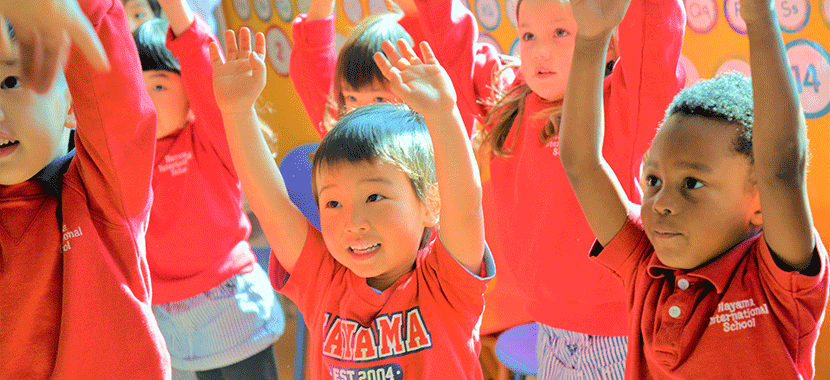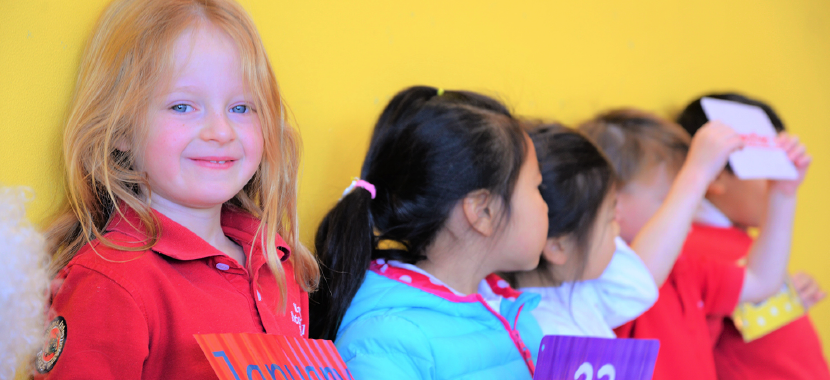SCHOOL PHILOSOPHY
Our motto is simple: Children develop best when they age given the opportunity to explore new concepts and ideas in an environment that stresses creativity first and then builds upon this creative foundation to gradually incorporate a more structured academic curriculum. This is how “Play, Think, and Learn” came about. When they Play, Think, and Learn, children naturally expand their:
Play, Think and Learn
1
SELF-MOTIVATE

Our happy and inviting environment makes the children eager to think and learn for themselves voluntarily. Research supports the notion that children learn best when they are motivated and free to make sense of the world around them using their own devices.
We understand that children tend to focus primarily on Play. The trick is to allow the children the freedom to Play while at the same time guiding them to Think about the process and ultimately to Learn from their experience.
Our hands-on approach to learning affords the children the opportunity to develop and grow through trial and error.
At Hayama International, we discourage mere rote memorization to assess whether learning has taken place. We prefer instead to measure success by evaluating the whole process of “Play, Think, and Learn.”
2
CREATIVITY

A child’s creativity is developed primarily through their imagination. The small rock or leaf a child picks up at the park can become more than just a “toy” when they are encouraged to expand their already vivid imaginations and express in their own ways what this “toy” means to them.
We ensure that our children have the opportunity to explore and discover their own ideas and to freely create whatever it is in their minds.
3
GLOBAL PERSPECTIVE

No one can deny that the world is rapidly becoming a much smaller place. Today’s children will have even more exposure – and, consequently, more responsibility to adapt – to the blending of cultures and the tearing down of national borders that is so prevalent today.
At Hayama International, we celebrate diversity and welcome this “smaller” world; one can easily see this in everything we do. It is not sufficient for children to merely learn about this culturally diverse, evolving world order through second hand information, television, and the like. No. Children must have exposure to this phenomenon on a daily basis.
We aim to allow our children the opportunity to “Play, Think, and Learn” in a culturally rich and diverse environment – one that is conducive to preparing them for responsible global citizenship.